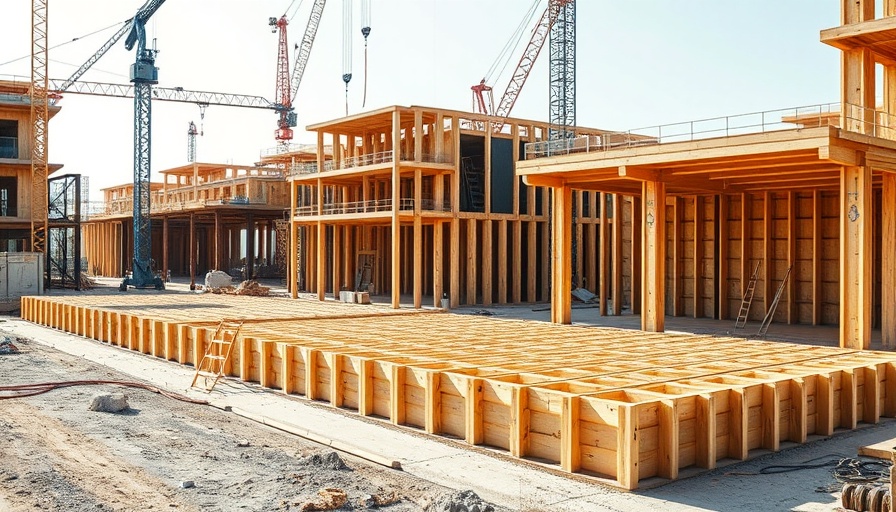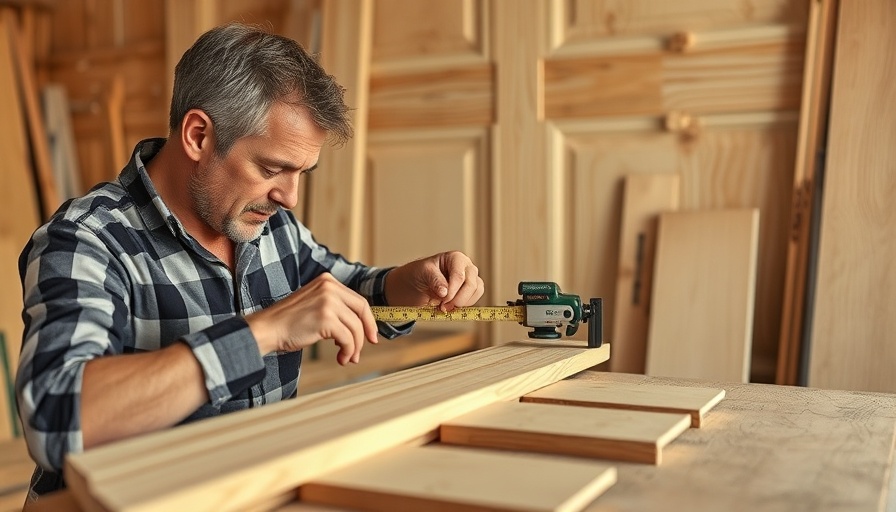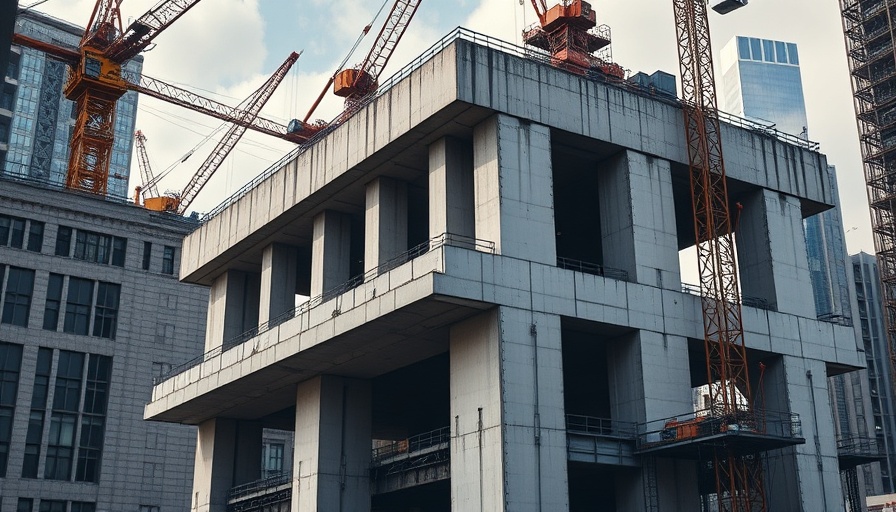
Exploring the Benefits of Permanent Wood Foundations
The charm of the Adirondacks isn’t just in its stunning landscapes; it’s also in the construction techniques that embrace environmental sustainability. The recent podcast segment on creating permanent wood foundations (PWFs) highlights a method that's gaining traction among builders looking for strong, durable, and energy-efficient alternatives to traditional concrete foundations.
Why Choose Wood Over Concrete?
At first glance, a foundation made out of wood might seem unconventional. However, factory-engineered wood foundations are not only structurally sound but also promote energy efficiency. According to the American Wood Council, PWFs have been established and tested since the 1930s, clearly showcasing their durability. The inherent properties of pressure-treated wood allow for robust support against soil pressure, making them a viable option even in challenging landscapes.
Construction Efficiency: A Game Changer
One of the standout benefits of PWFs is the speed of construction. As noted in Fine Homebuilding, using prefabricated wood panels can shave days off the construction timeline compared to concrete alternatives. This efficiency not only reduces labor costs but also minimizes the use of materials. Builders can significantly decrease the carbon footprint associated with conventional builds simply by switching to wood.
Local Insights: Embracing Tradition with Innovation
In the Adirondacks, where building can be challenging due to weather and topography, adopting wood foundations aligns with a long-standing tradition of using local materials. Craftspeople in the region have reported success with PWFs, citing their warmth and adaptability as key benefits, especially for homes intended for year-round living. This blend of local practices with modern technology creates homes that are not only functional but also environmentally friendly.
The Future of Homebuilding
As more homeowners consider sustainability in their building projects, the adoption of wood foundations represents a forward-thinking approach. With growing awareness about climate change, eco-friendly options such as PWFs may play a significant role in shaping the future of home construction. Builders are encouraged to explore this innovative technique, ensuring that they follow proper construction practices to guarantee long-lasting performance.
In conclusion, the ongoing discussion about wood as a foundational material underscores a shift towards greater sustainability in the building industry. By evaluating the benefits of PWFs, contractors, and homeowners alike can make informed decisions that not only enhance the durability of structures in challenging environments like the Adirondacks but also contribute positively to the planet.
 Add Row
Add Row  Add
Add 




Write A Comment